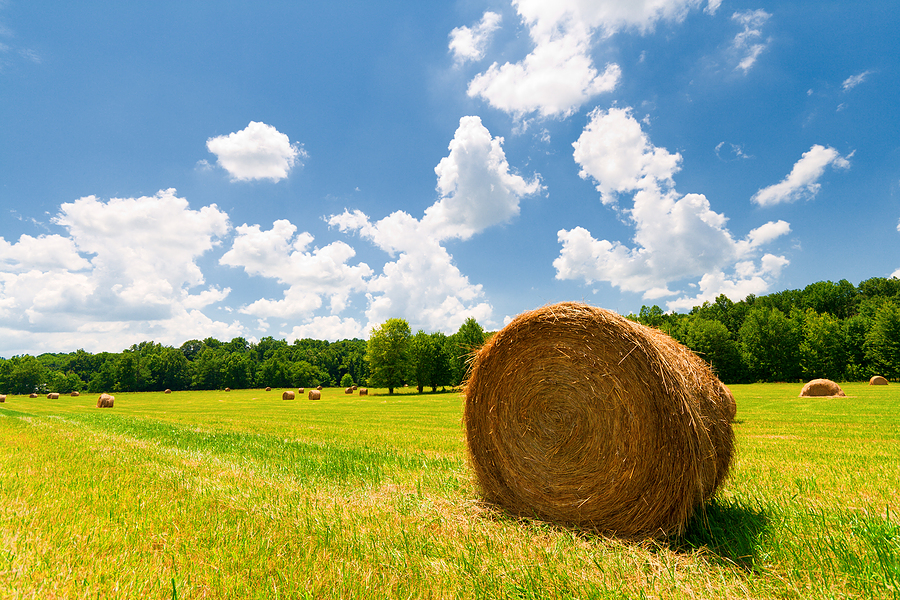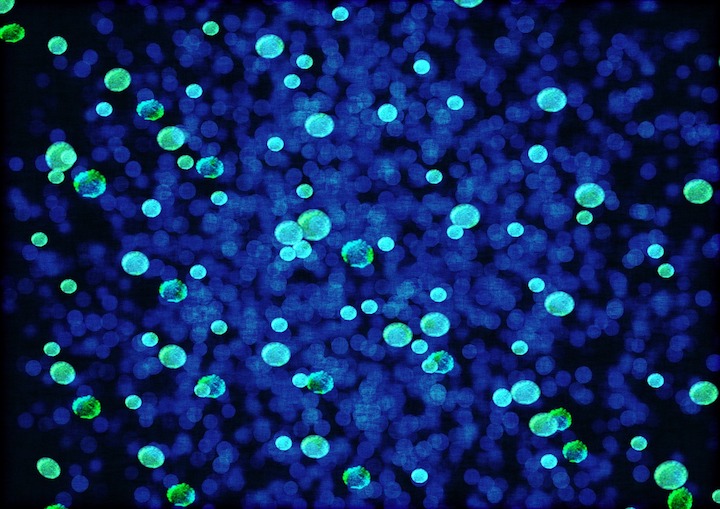
The New Year has arrived, and with it another opportunity for reinvention. While many people are concerned with eating healthier and exercising more, here at Nourished Planet we challenge you to try to cut something that will improve the planet’s health: cutting food waste.
Americans throw away around $165 billion worth of food each year, and for the average American family, that can be up to $2,200 per household, according to a study by the Natural Resources Defense Council (NRDC). All of this adds up to 35 million tons of food each year, says the Environmental Protection Agency. That’s 50 percent more than in 1990 and three times more than what Americans threw away in 1960. Considering that 1 in 7 Americans go to bed hungry each night, according to Feeding America, that’s an unfortunate statistic.
Reducing food waste also has significant positive environmental impacts. The less food that ends up in landfills means fewer greenhouse gases being dispersed into the air from rotting waste.
So you want to reduce your food waste footprint but don’t know how? Fear not — here are 5 simple steps you can take right now to do just that:
Continue reading “5 things you can do to cut your food waste footprint in 2017”


